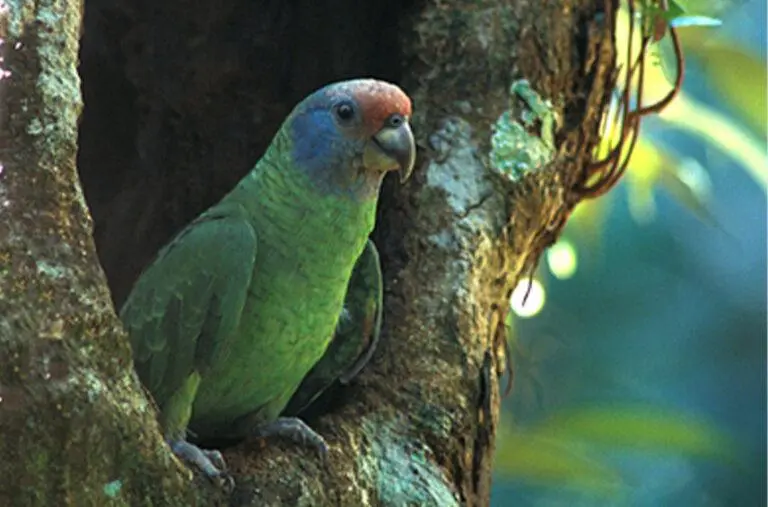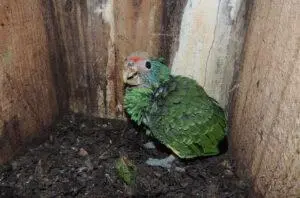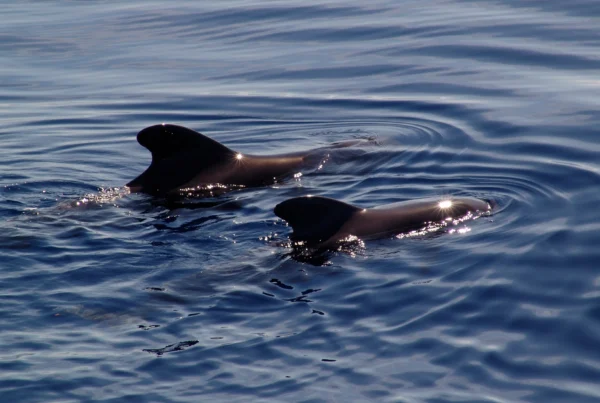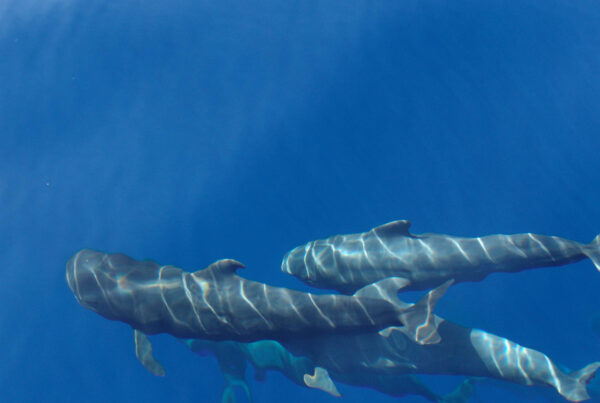
| Category | Land |
| Date | 1995 |
| Investment | 772.162,00$ |
The Red-tailed Amazon has been saved from extinction thanks to the conservation projects carried out by LPF since 1995.

Red-tailed Amazon
Monitoring and conservation of the red-tailed amazon
The red-tailed amazon (Amazona brasiliensis) is an endangered species endemic to the lowlands of the Atlantic rainforest, found in a narrow coastal strip between the Serra do Mar and the coast, from Itanhaém in São Paulo through Paraná to the north-eastern tip of Santa Catarina, in south-eastern Brazil.

There is extensive poaching for national and especially international trade, with 356 birds, mostly chicks, captured during breeding season (1991-1992, municipality of Cananéia). In addition to the damage caused to the chicks, nest cavities are also affected, reducing their availability for future nesting. Habitat loss continues for boat building, banana plantations, cattle and buffalo grazing, and beach houses. It is feared that the proposed construction of a bridge to Ilha Comprida will increase tourism pressure and habitat conversion, which together with tourist boats in the vicinity of nesting or roosting areas will affect the species.
The combination of high natural predation and nesting decline may cause the loss of up to 48.7% of egg and chick production in natural nests. The slow formation of new cavities is a natural process, but larger trees preferred for nesting, such as Guanandi (Calophyllum brasiliense), are still selectively removed from forests by local communities for timber production. A sign of scarcity of tree cavities for nesting is the fact that some red-tailed amazons have been found by the SPVS team nesting in bromeliads, epiphytic plants that grow on trees.

As one of the main problems is lack of cavities, an effort has been made to find and register all natural nests and cavities available with suitable characteristics for nesting, so that we can have more accurate information on availability of nesting sites. Thanks to LPF’s efforts, up to 219 cavities have been registered and 127 nests have been monitored. An important environmental education campaign has also been carried out, including a lecture for master’s students in Ecology at the Federal University of Paraná, and several publications.
BLOG
News





